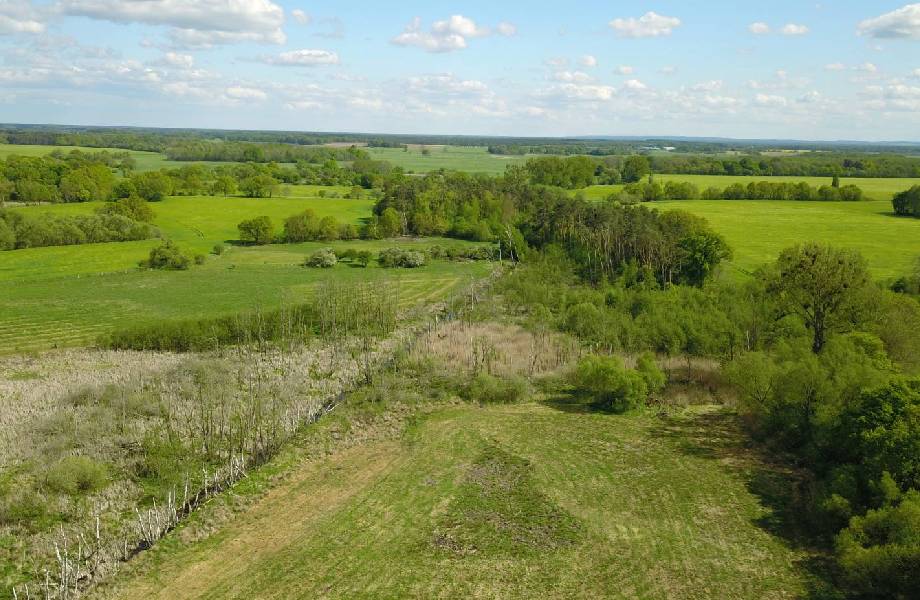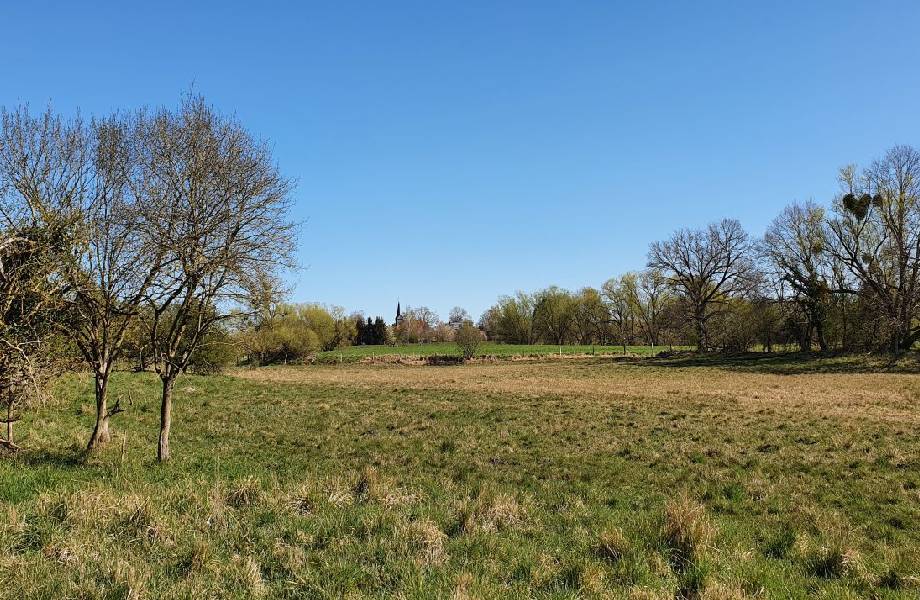

5 RAS as a Prognostic Biomarker in Colorectal Cancer 4 Mutations in KRAS or NRAS lead to continuous activation MAPK pathway even if the EGFR is inactivated by drugs.


Mutations in KRAS are considered an early event in colorectal carcinogenesis and are maintained during the colorectal cancer development, as demonstrated by the highly concordant rate (almost 95%) in paired primary cancers and metastatic samples, except between primary tumours and metastatic lymph nodes. HRAS mutations represent a negligible event. NRAS mutations are typically mutually exclusive with KRAS mutations. Mutations in NRAS are present in approximately 3% to 5% of colorectal cancer samples particularly in exon 3 codon 61 (60%) and in exon 2 codons 12, 13. The remaining mutations are mainly located in exon 3 codons 59-61 and in exon 4, which includes codons 117 and 146. In colorectal cancer KRAS is mutated in approximately 40% of cases mostly in exon 2 codons 12 (70-80%) and 13 (15-20%). Lastly HRAS mutations are most common in cancers of the head and neck and urinary tract. KRAS mutations are most commonly found in cancers of the pancreas, colon, lung and biliary tract while NRAS mutations are more common in malignant melanoma and haematopoietic system. KRAS is the most commonly mutated isoform in almost 22% of all human cancers, followed by NRAS (8%) and HRAS (3.3%).ĭifferent types of cancer appear to be related to a particular RAS isoform mutation. These mutations set proteins in a permanently activated state (GTP-bound conformation) impairing the ATPase activity.ĭeregulated Ras signalling results in increased proliferation, angiogenesis, and motility, as well as in decreased apoptosis and in altered cellular metabolism. Mutations in RAS are single nucleotide point mutations that more frequently interest the exon 2 codons 12 13 and exon 3 codon 61. 1Īctivating mutations in members of RAS family have been found in 20–25% of human cancers. Once activated, Ras recruits and stimulates number of effectors of complex signalling network pathways including Raf/MEK/ERK mitogen activated protein kinase (MAPK) pathway, the phosphoinositide 3-kinase PI3K/Akt and Ral-GEF proteins. They function as molecular switches transducing extracellular stimuli such as mitogens and differentiation factors to transcription factors and cell cycle proteins in the nucleus in order to promote cell growth, differentiation, proliferation and survival.Įxtracellular stimuli activate firstly transmembrane tyrosine kinase receptors (RTKs) which recruits adaptor proteins that catalyse the hydrolysis of GDP to GTP on Ras. This proof-of-concept sensor-integrated soft robotic interface could be instrumental in the future development of proprioceptive sensing robots and soft robotic segments.The RAS gene family is widely expressed in mammalian cells where encodes four small (21 kDa), cytoplasmic proteins with GTPase activity: H-Ras, K-Ras4a, K-Ras4b, and N-Ras. On account of the excellent responses mentioned, the sensor could detect human motion and has also been demonstrated in this paper. Furthermore, the sensing strip embedded on a soft robotic pneumatic actuator mounted on a test rig showed excellent movement detection response upon actuation. We present a super-elastic, ultrasoft natural rubber composite containing multiwalled carbon nanotubes in presence of a hydrofinished oil-based softener. The resulting conducting elastomer offered a line-up of compelling characteristics such as low electrical percolation (1000). A piezoresistive strain sensor embedded-soft robotic arm has been a challenging task in terms of surface compatibility, shape and dynamics of the soft robotic components. Piezoresistive soft composites are ubiquitous in strain sensing that manifests in a dramatic increment of electrical resistivity upon elongation. Super-elastic ultrasoft natural rubber-based piezoresistive sensors for active sensing interface embedded on soft robotic actuator


 0 kommentar(er)
0 kommentar(er)
